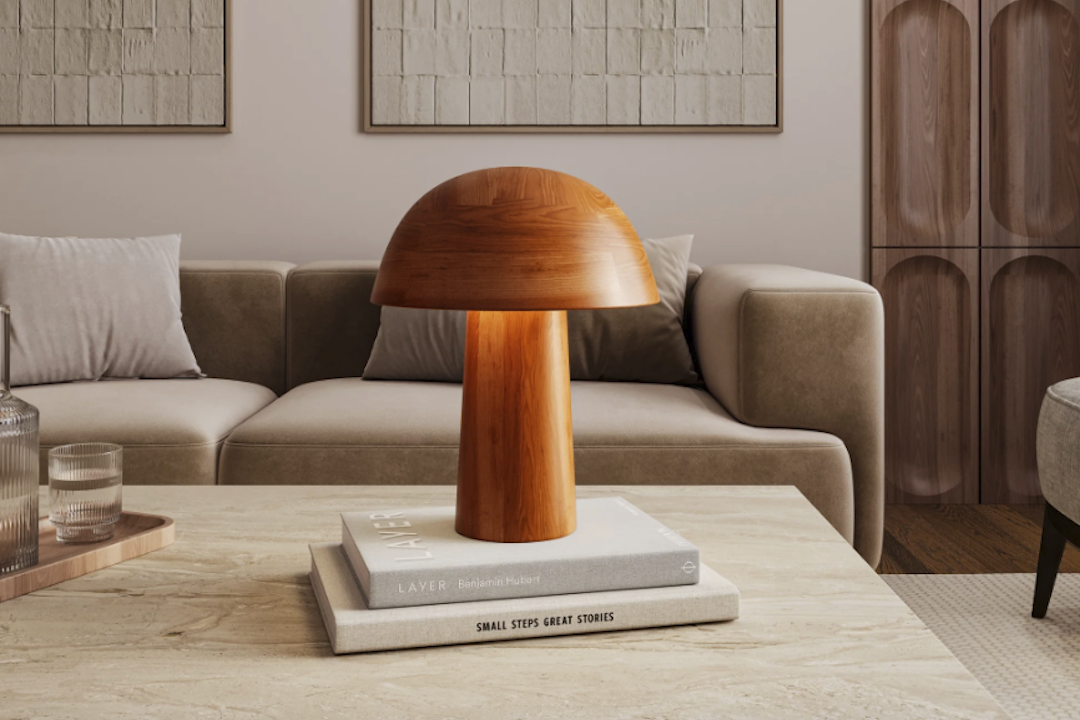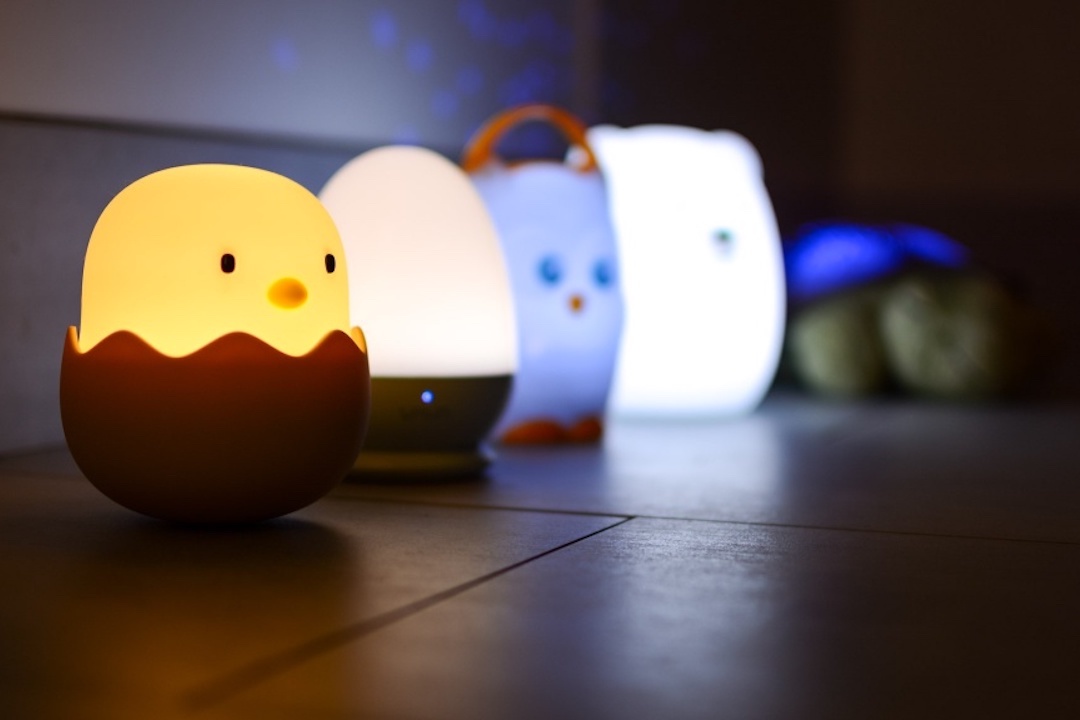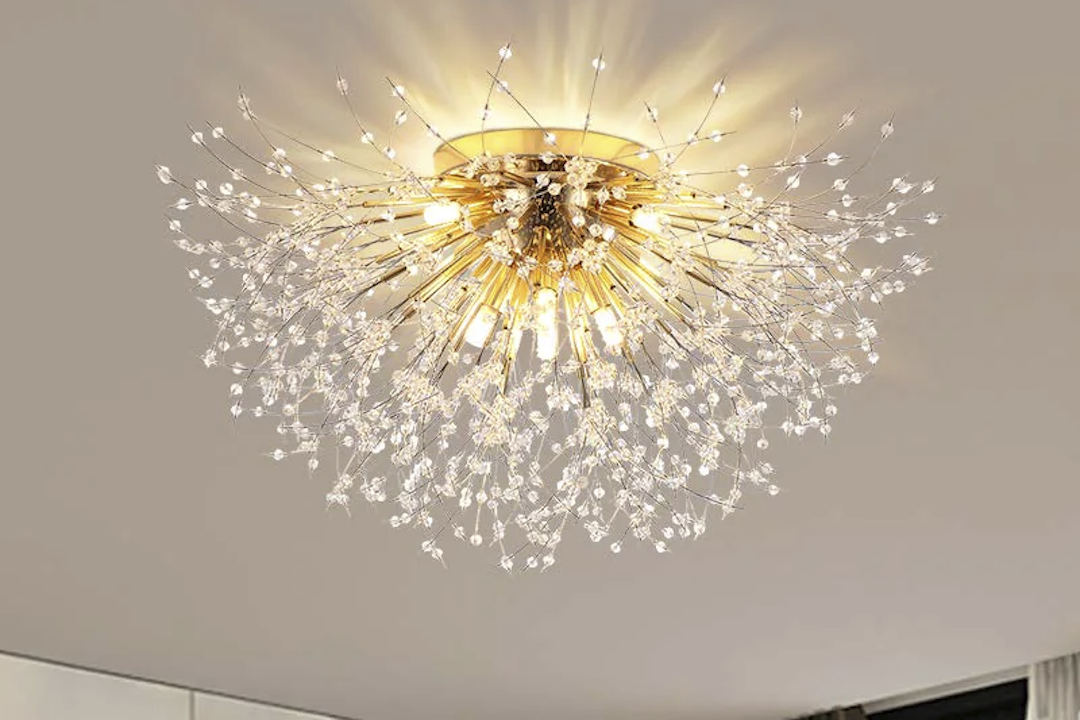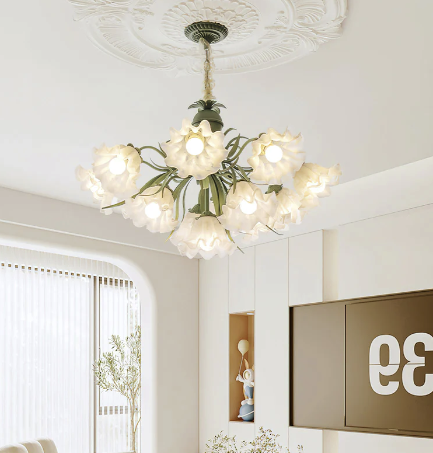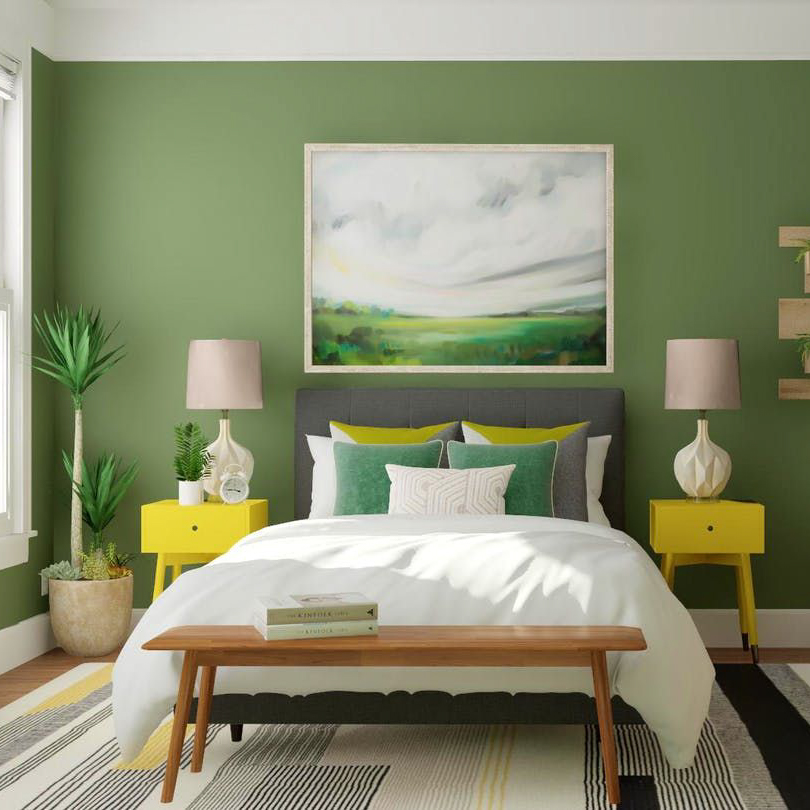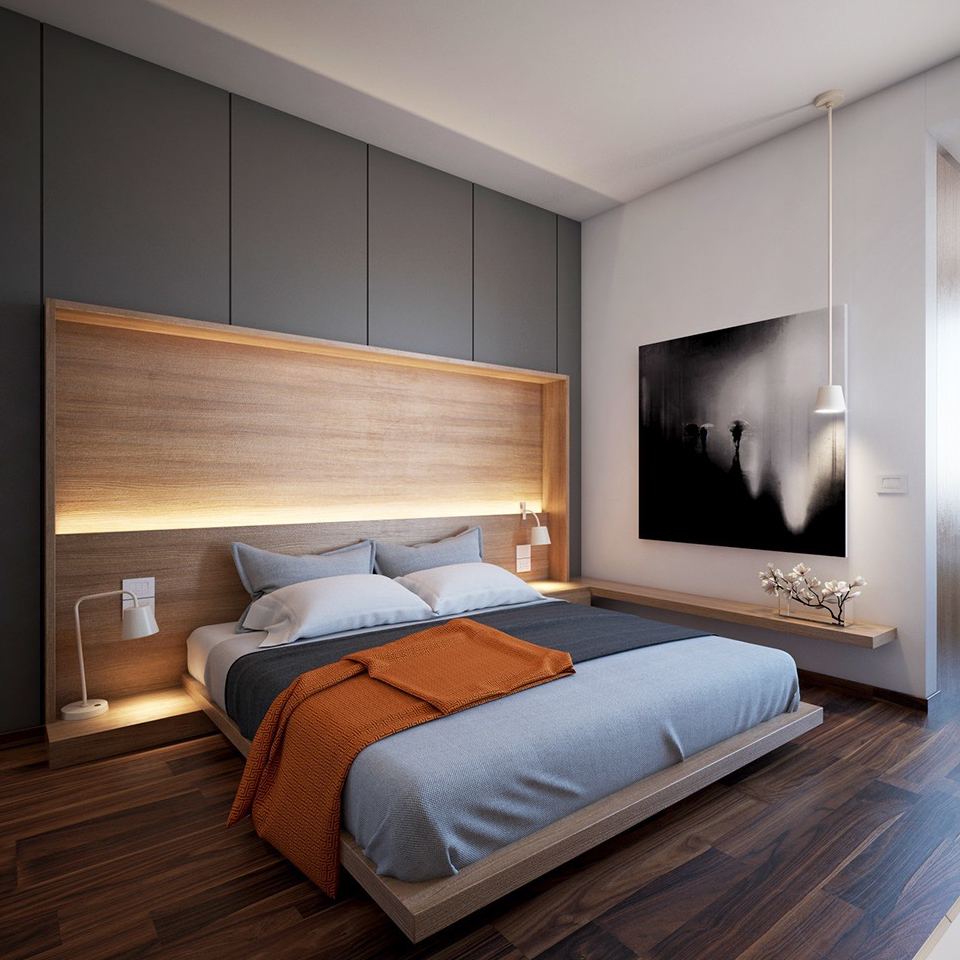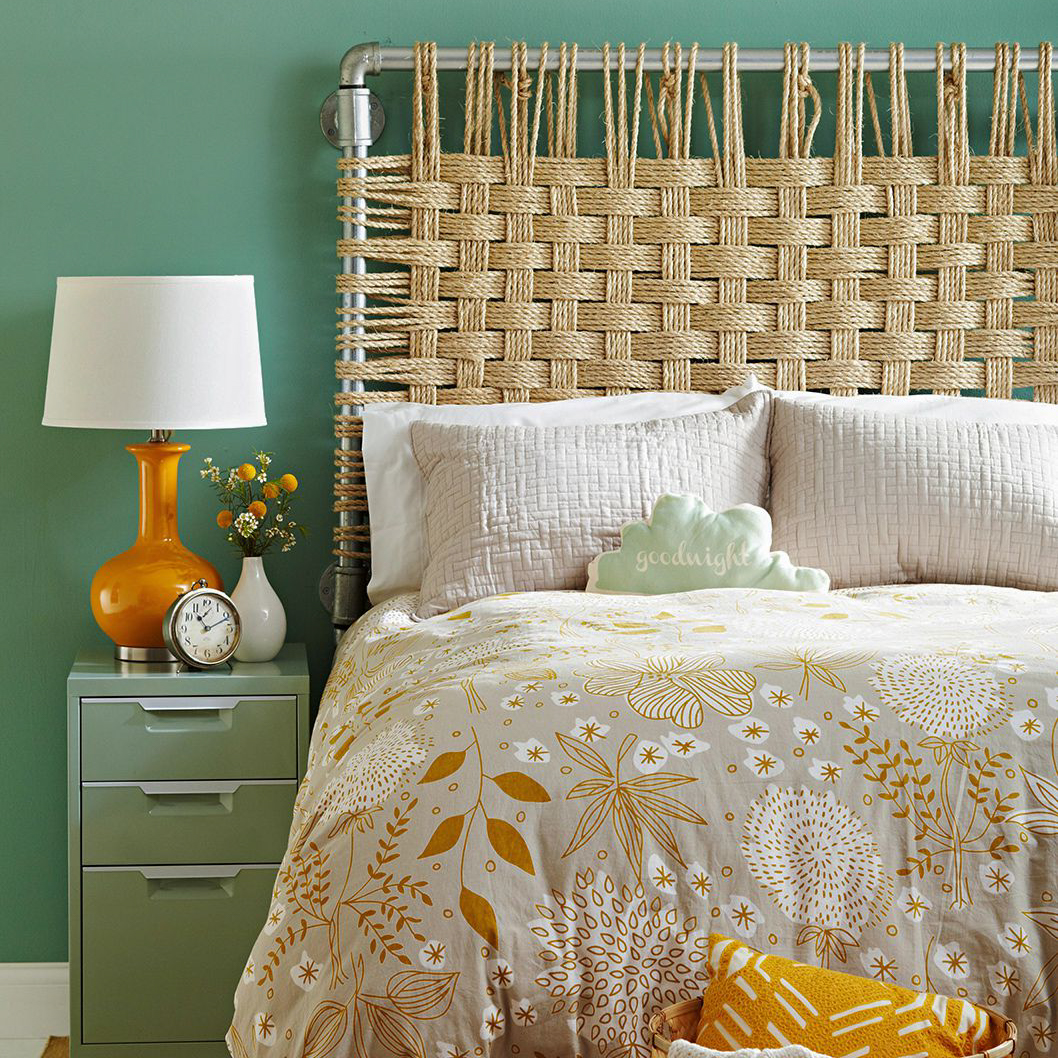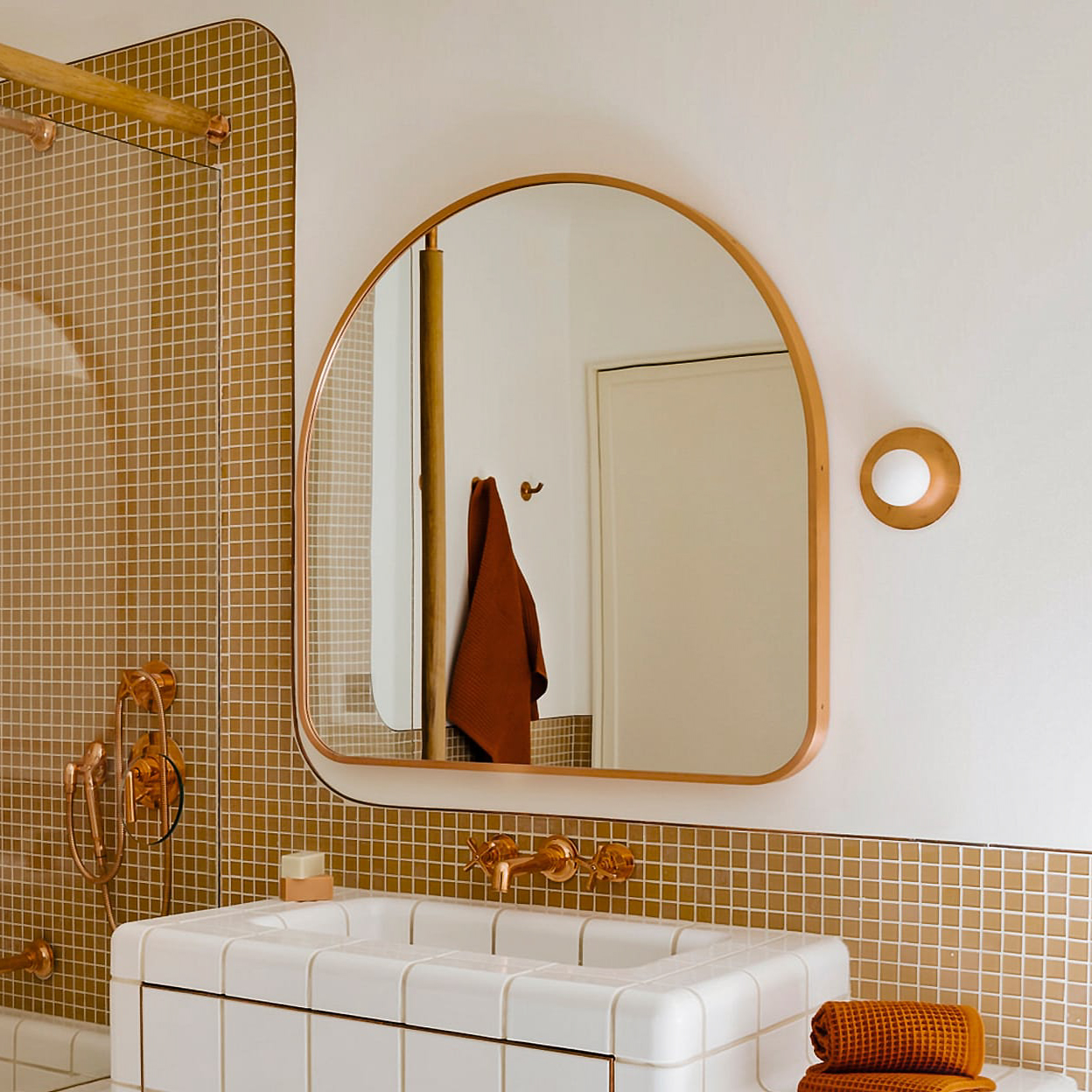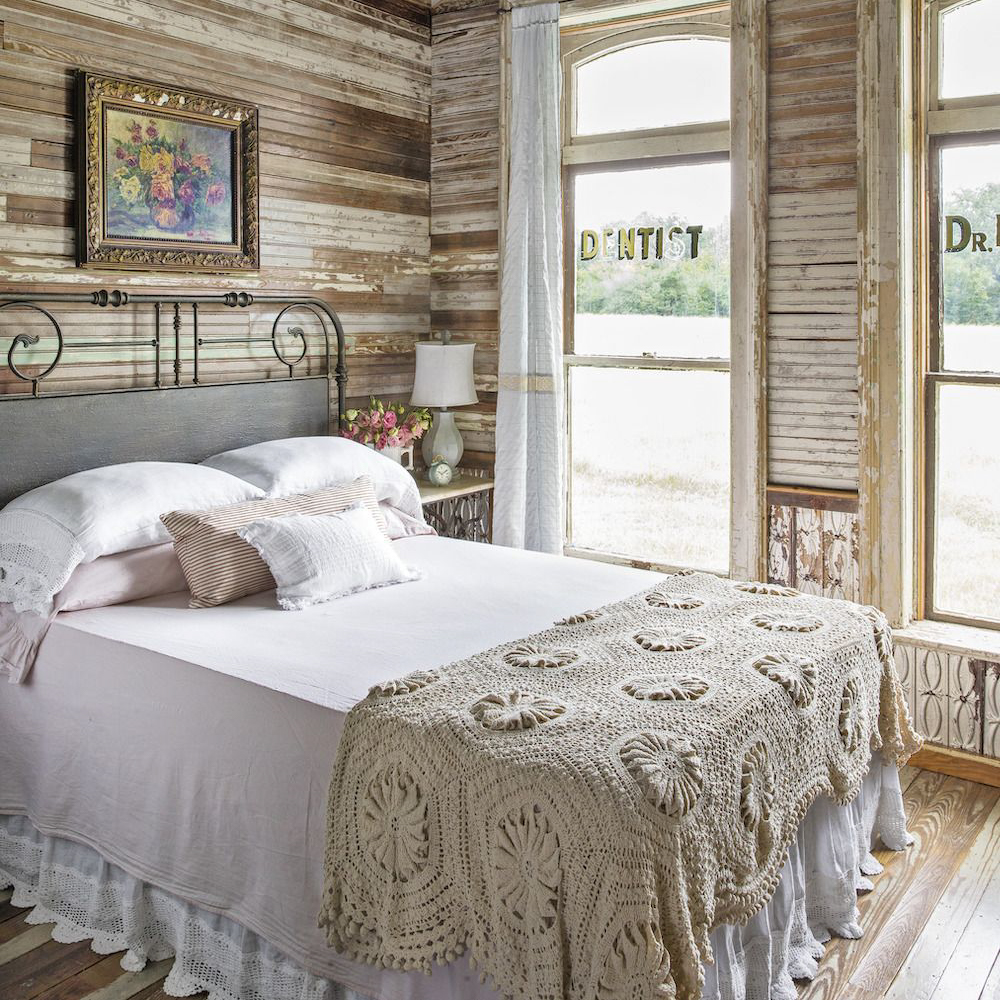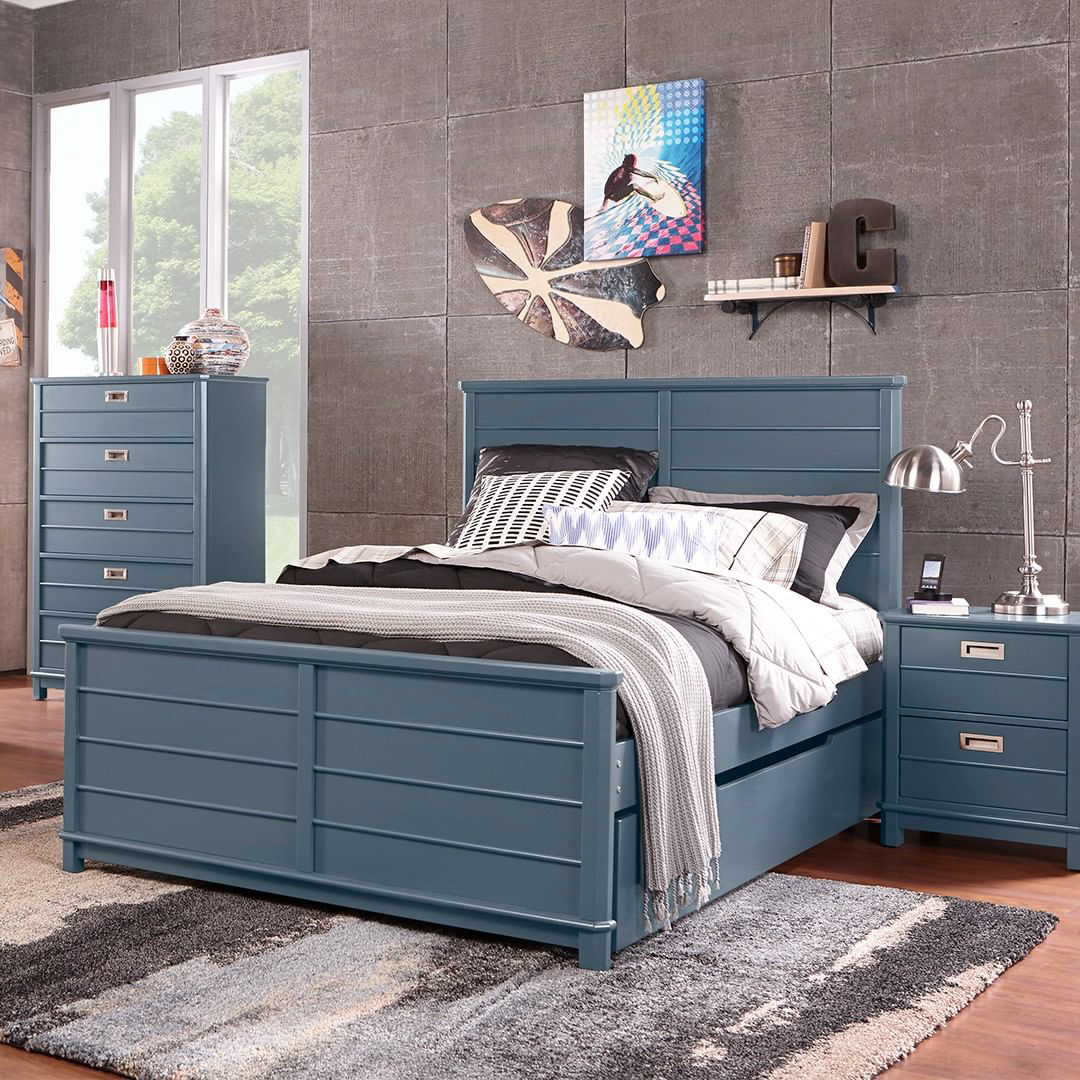A tray ceiling is a type of ceiling design that creates a recessed area or “tray” in the ceiling. It’s a popular way to add visual interest and depth to a room. And when the angle of the tray is adjusted to complement the shape of the room, it’s called an angled tray ceiling.
In this article, we’ll explore the many benefits of angled tray ceilings, including how they can add value to your home and increase your living space. We’ll also share some expert tips for designing and decorating a room with an angled tray ceiling.
Benefits of Angled Tray Ceilings
Add visual interest
Angled tray ceilings are a great way to add visual interest to a room. The angled design draws the eye upwards, creating a sense of height and depth. This effect can make a room feel more spacious and airy, even if it’s not particularly large.
Provide more headroom
Angled tray ceilings also provide additional headroom. By recessing the ceiling, you can create more vertical space in the room, which can be particularly useful in smaller rooms or rooms with low ceilings. This additional headroom can make a room feel more open and inviting.
Increase the value of your home
As a unique and sophisticated design feature, angled tray ceilings can also increase the value of your home. Potential buyers will appreciate the added character and charm that comes with this type of ceiling. Plus, the additional vertical space and visual interest can make a room feel more luxurious and high-end.
Designing an Angled Tray Ceiling
When it comes to designing an angled tray ceiling, there are a few things to keep in mind.
Consider the shape and size of the room
The angle of the tray should complement the shape and size of the room. A steep angle can make a small room feel cramped, while a gentler slope can make a larger room feel more intimate. It’s important to consider the proportions of the room and the overall design style when selecting the angle of the tray.
Choose the right materials
When it comes to materials, there are many options for an angled tray ceiling. From wood to drywall to plaster, the choice of materials can have a big impact on the look and feel of the room. Wood can create a warm and rustic look, while plaster or drywall can create a more modern or minimalist feel. It’s important to choose materials that complement the overall design style of the room.
Add lighting
Lighting is another key factor in designing an angled tray ceiling. Recessed lighting can highlight the slope of the tray and create a warm and inviting atmosphere. Pendant lights or chandeliers can also be added for a more dramatic look.
Decorating a Room with an Angled Tray Ceiling
Once you’ve designed your angled tray ceiling, it’s time to decorate the room.
Keep it simple
With a bold and unique design feature like an angled tray ceiling, it’s important to keep the decor simple and understated. Let the ceiling be the focal point of the room and avoid adding too many complicated or distracting elements.
Use color to your advantage
Color can also play a key role in decorating a room with an angled tray ceiling. A light-colored ceiling can create a sense of height and airiness, while a darker color can add warmth and coziness to the room. It’s important to consider the overall color palette of the room and how the color of the ceiling will fit into that scheme.
Add texture and pattern
Finally, adding texture and pattern can be a great way to enhance the visual interest of the angled tray ceiling. A patterned wallpaper or textured ceiling finish can create a unique and eye-catching look. Just be careful not to overwhelm the room with too many competing textures or patterns.
An angled tray ceiling can be a stunning design feature that adds visual interest, extra headroom, and value to your home. With careful consideration of the design and decor elements, you can create a beautiful and inviting space that showcases the beauty of this unique ceiling style.


